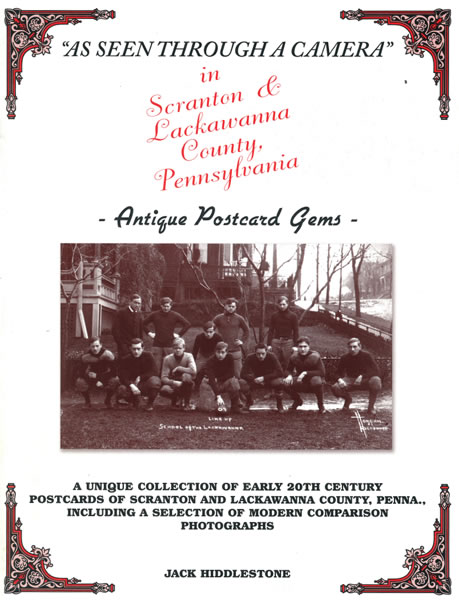
Before this point, the important roles that Eastern European workers and their families played in establishing unions and reforming the industry have been underplayed or even entirely disregarded.

In 1968, Victor Greene wrote The Slavic Community on Strike: Immigrant Labor in Pennsylvania Labor, a very important text challenging narratives of labor radicalism in the region. Wolensky and Hastie make this connection explicit in this chapter, extending the narrative of the events of the 1897 massacre to the Italian community. We see the choice of expanding our project into company town life as a way of understanding the historical context of the massacre, particularly in regards to the lives of those who had much at stake in the strike. We have spent the last three years conducting archaeological fieldwork at Italian shanty settlements in Lattimer and Pardeesville, examining the everyday life of workers and their families. Specifically, the chapter on the Italian community on strike was informative and revelatory. Importantly for us Wolensky and Hastie provide an important conceptual bridge between the two Lattimer projects. The latter system contributed to many of the tensions that arose between workers and owners in the coal mines. It looks at local labor history through the often neglected or misunderstood lenses of organized crime, Italian immigration and the evolving system of contracting or leasing work in the region.

The book is remarkable, describing the intimate relationships and conflicts that arose between many different groups in the region. First of all we will introduce some recent scholarship written about the massacre, examining Anthracite Labor Wars: Tenancy, Italians, and Organized Crime in the Northern Coalfield of Northeast Pennsylvania, 1897-1959 by Robert P.

We have been busy working on our other archaeology project which focuses on company town life in the towns of Lattimer and Pardeesville ( ).

It has been awhile since the last blogpost.


 0 kommentar(er)
0 kommentar(er)
